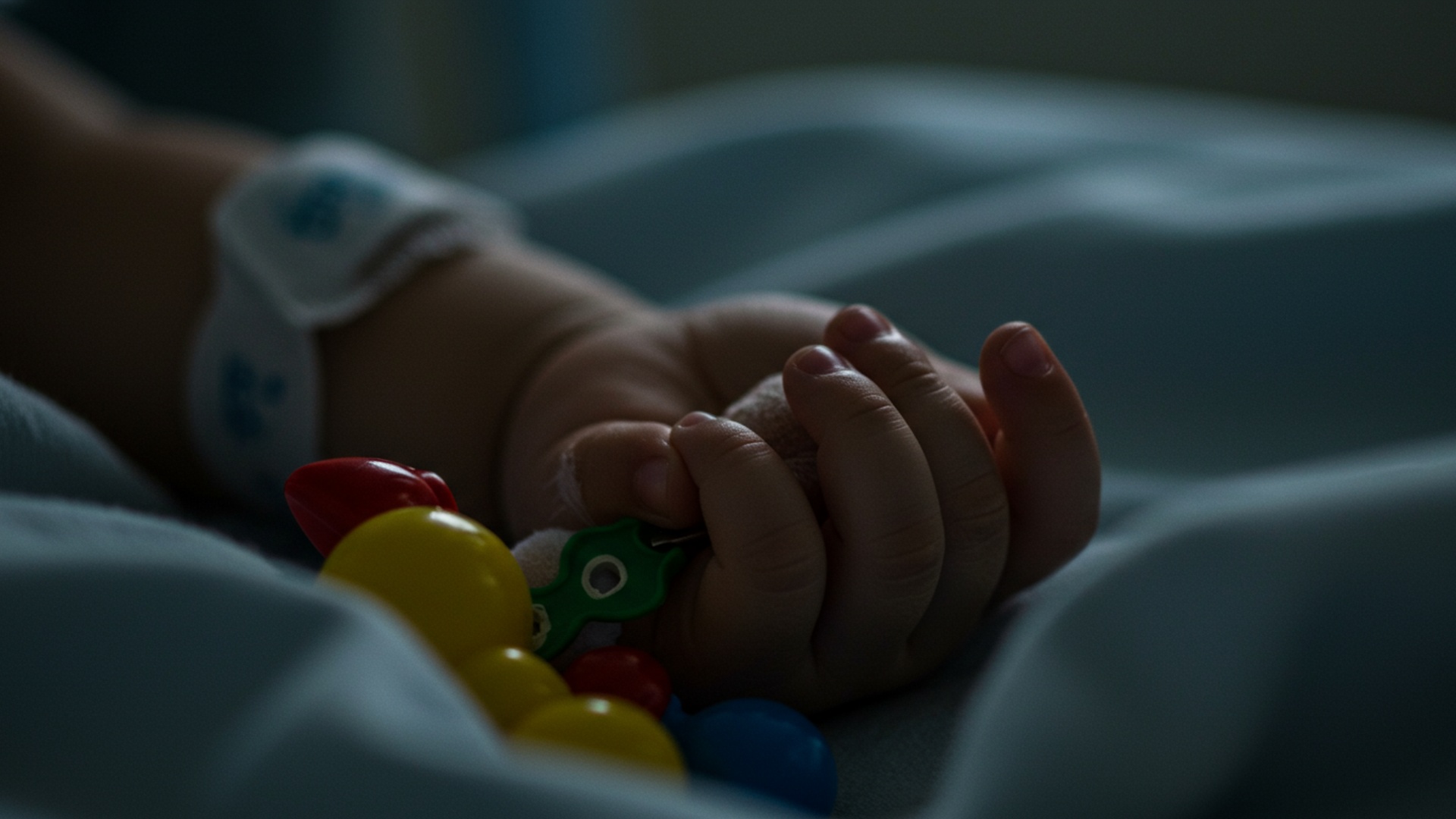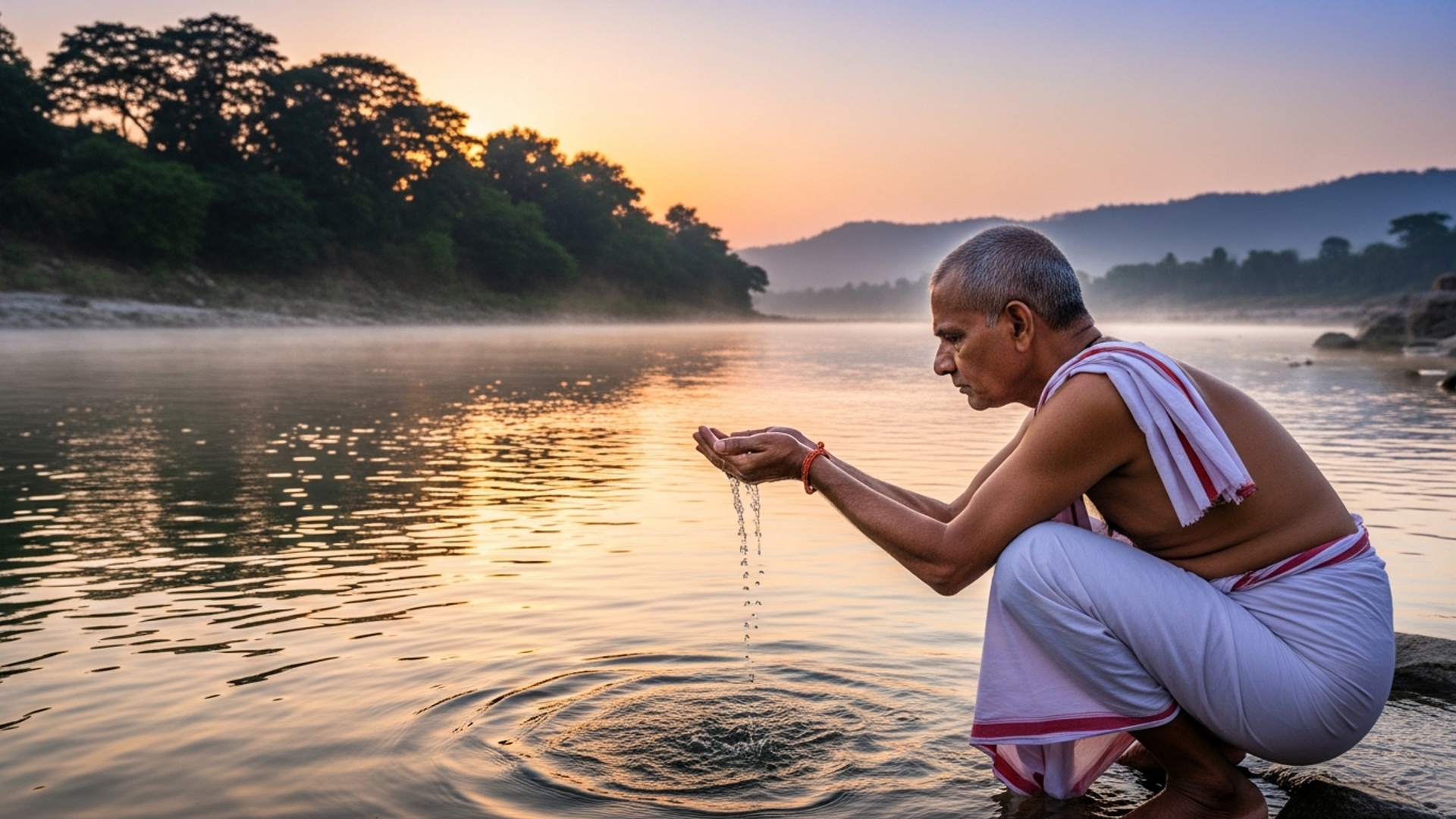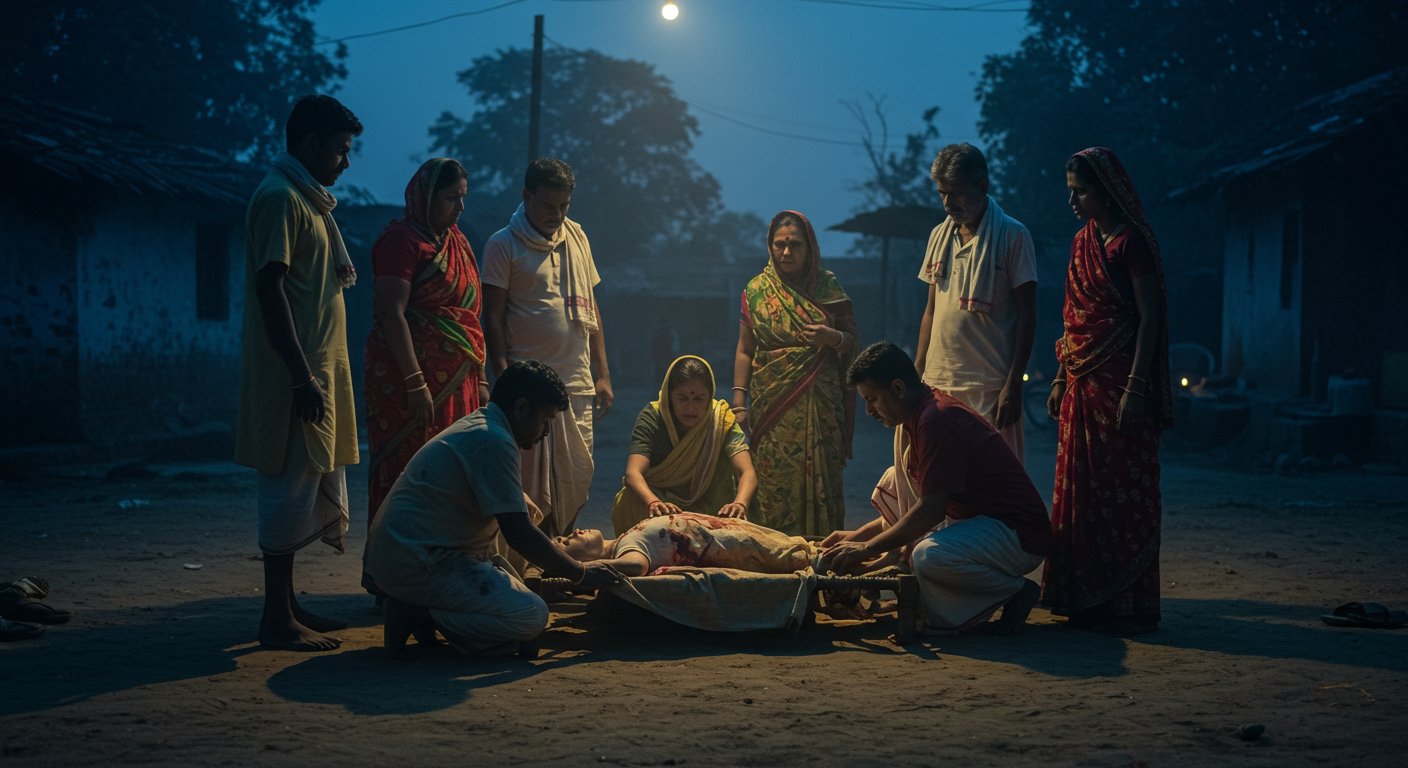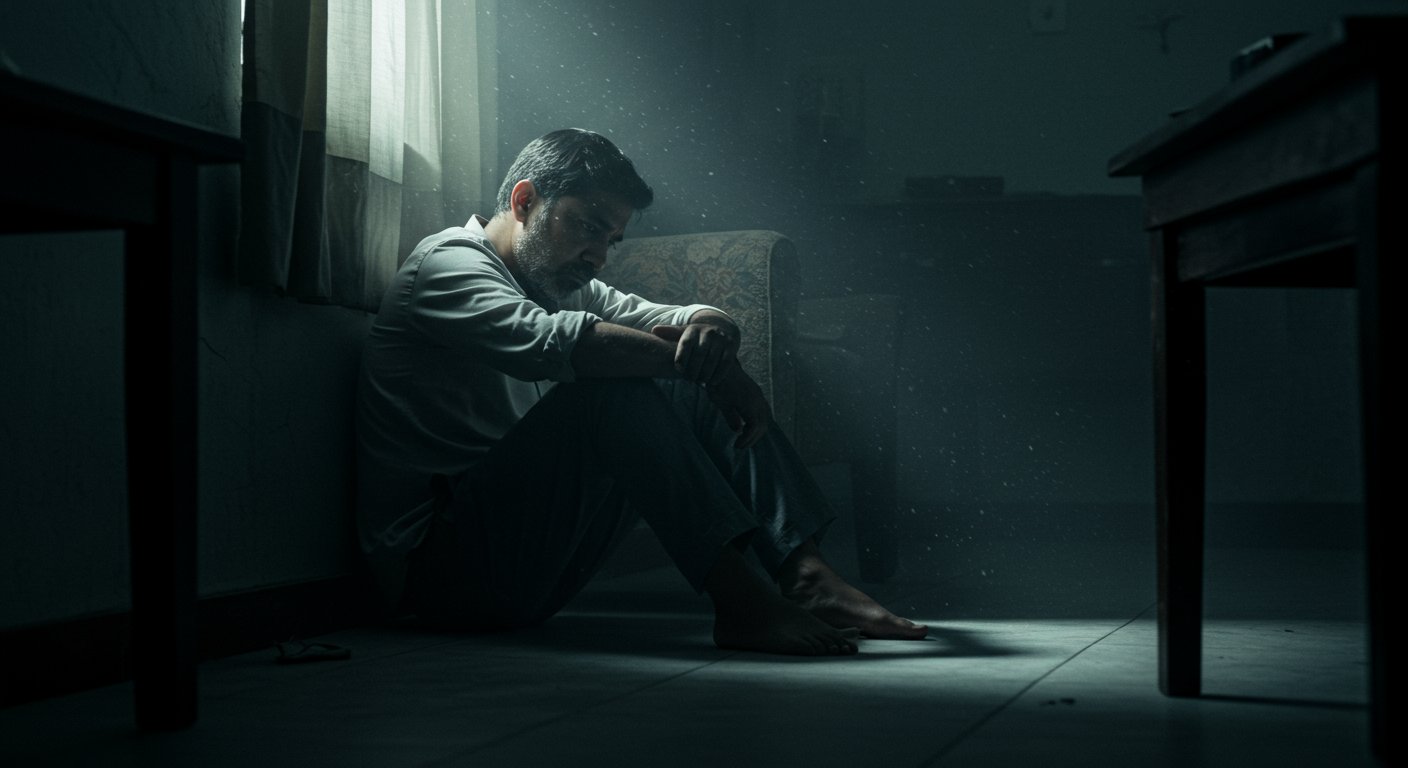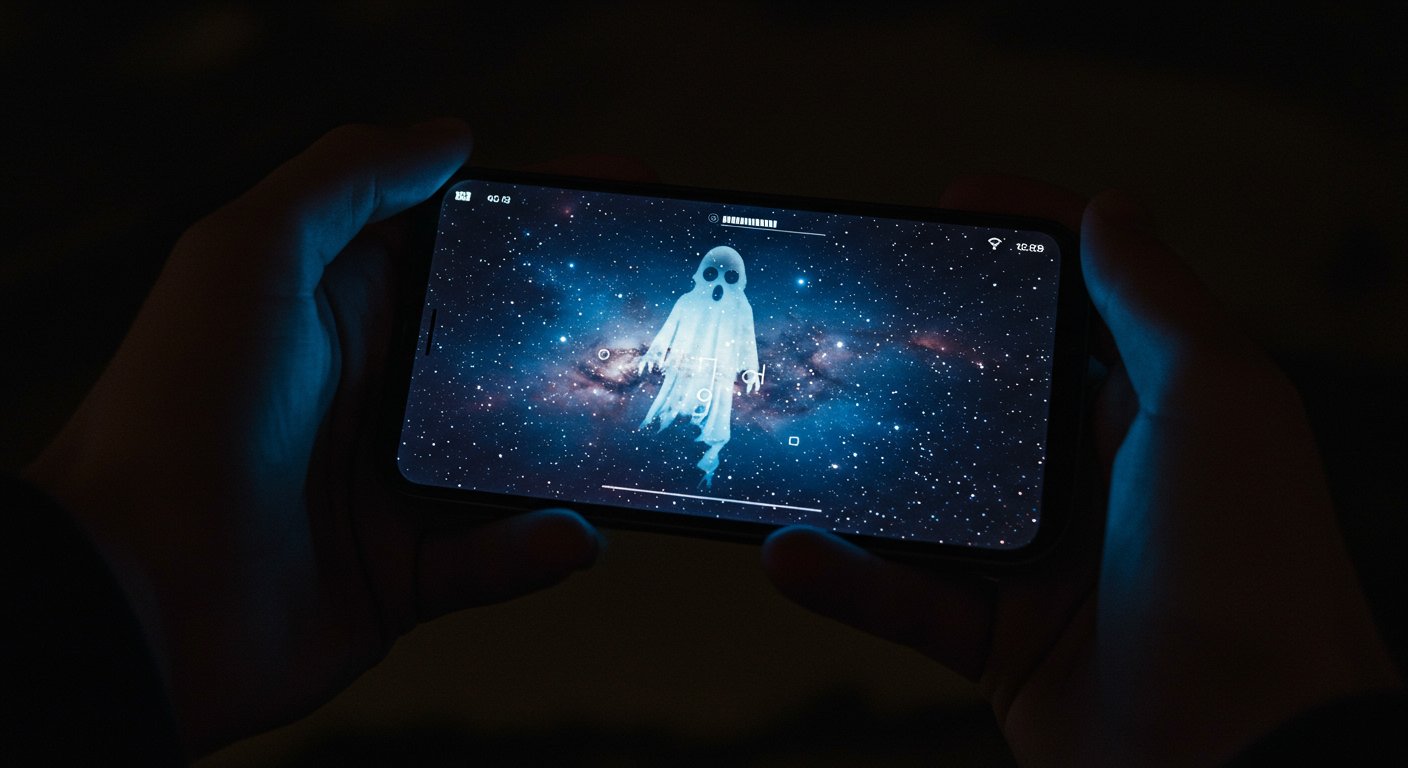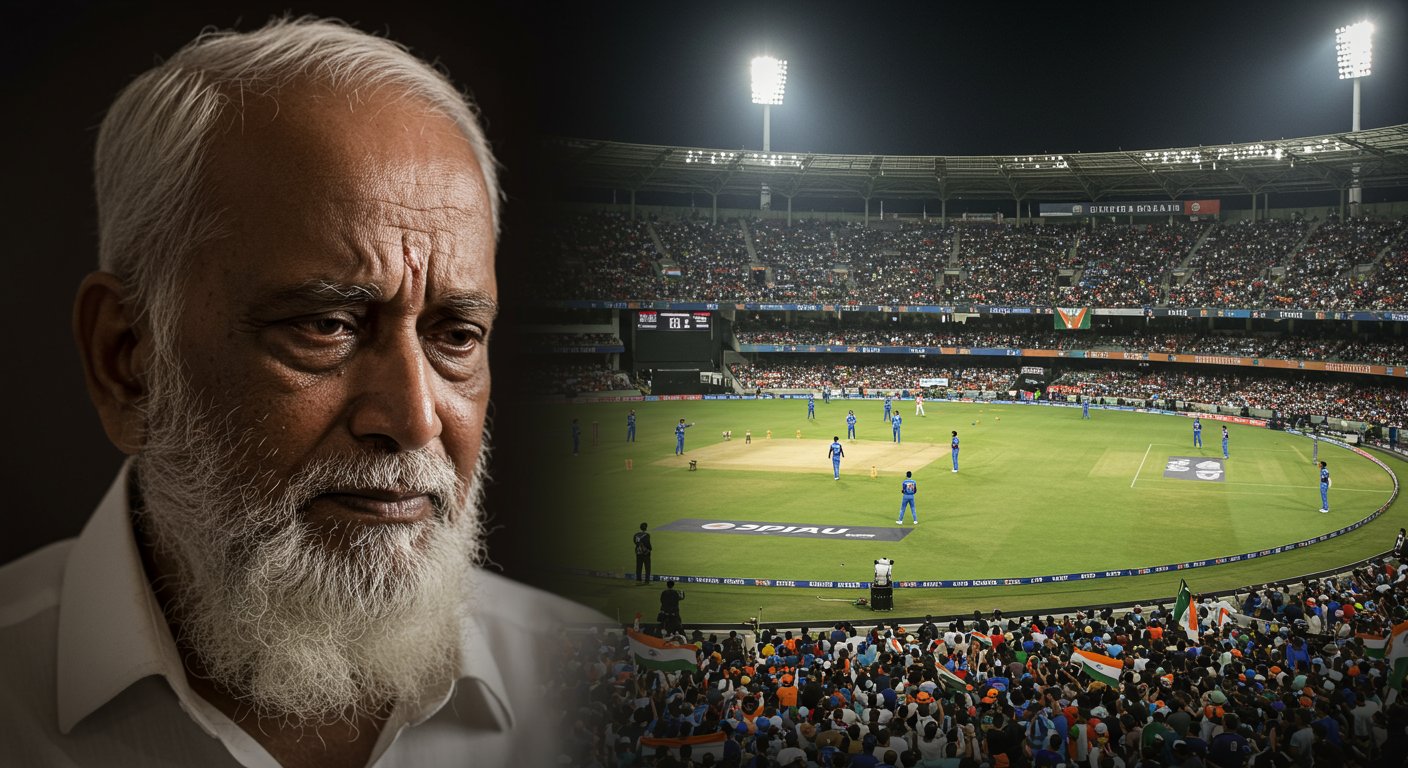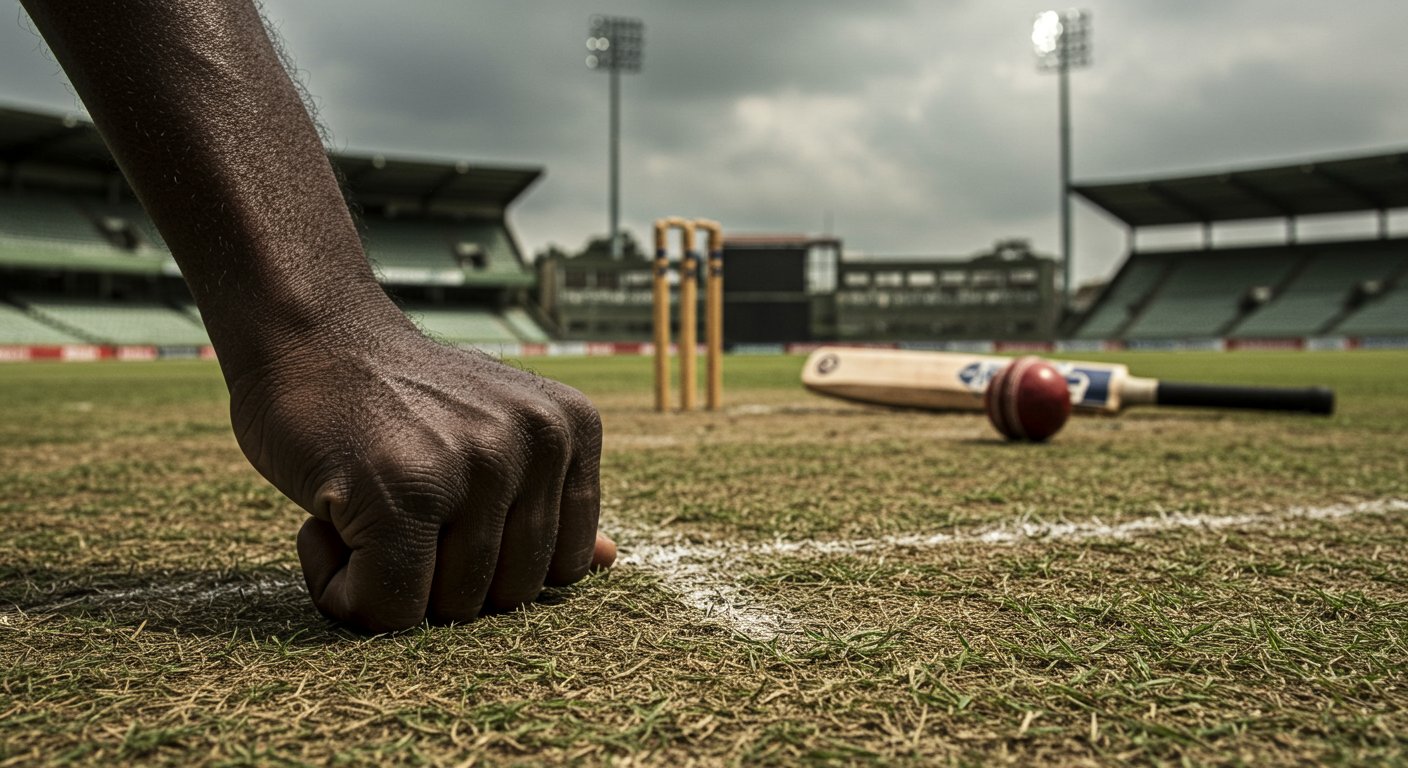A rare and deadly brain-eating amoeba has tragically claimed the life of a nine-year-old child in Kerala, sparking immediate health concerns across the region. The devastating death, reported this week, marks a grim first for the state, raising urgent questions about the presence and spread of the microscopic organism. Health officials are now working to grasp how the child contracted the infection, which attacks the brain and nervous system, often with fatal results. This alarming incident underscores the silent but serious threat posed by such rare diseases, prompting immediate public health warnings and close watch.
Sad News from Kerala
The state of Kerala is mourning the tragic loss of a nine-year-old child to a very rare and severe brain infection. The child, whose identity is being kept private out of respect for the family, passed away after battling an infection caused by a microscopic organism commonly known as the “brain-eating amoeba.” This unfortunate event has brought attention to this rare but serious health threat, prompting health authorities to inform the public about the risks and necessary precautions. The young patient had shown symptoms that rapidly worsened, leading to this sad outcome. This case serves as a stark reminder of the hidden dangers that can sometimes be present in natural environments.
Understanding the Tiny Threat
The organism responsible for this devastating illness is called Naegleria fowleri. It is a single-celled living thing, often referred to as an amoeba, that naturally lives in warm freshwater, such as lakes, rivers, ponds. hot springs. It can also be found in soil. This amoeba gets its frightening nickname, “brain-eating amoeba,” because it has the ability to infect the human brain and destroy its delicate tissues. It is very essential to interpret how this infection happens. People get infected when water containing the Naegleria fowleri amoeba enters their body through the nose. This typically occurs during activities where water might go up the nose, such as swimming, diving, or playing in warm freshwater bodies. Once inside the nose, the amoeba travels up to the brain. It does not cause infection if swallowed, meaning drinking water contaminated with the amoeba is not a risk. Also, the infection cannot spread from one person to another. In very unusual situations, cases have also been linked to using contaminated tap water for cleaning nasal passages, for example, with devices like a neti pot. This type of infection, known as Primary Amebic Meningoencephalitis, or PAM, is extremely rare. Despite its rarity, it is almost always fatal, meaning nearly everyone who gets it dies. Reports show that more than 97% of people infected do not survive, even with medical treatment.
Recognizing the Signs
The symptoms of PAM usually appear suddenly, typically within one to twelve days after a person has been exposed to the amoeba, with the average time being about five days. The initial signs can easily be mistaken for other common illnesses like viral or bacterial meningitis. These early symptoms often include:
- Severe headache
- High fever
- Nausea
- Vomiting
As the infection gets worse, which happens very quickly, other serious symptoms can appear. These include:
- Stiff neck
- Confusion
- Difficulty paying attention to people and surroundings
- Loss of balance
- Seizures
- Hallucinations
- Eventually, coma
Once symptoms begin, the disease progresses very rapidly, often leading to death within one to eighteen days, with a median of five days. The speed at which the disease advances makes early diagnosis and effective treatment extremely challenging.
Steps Taken by Health Officials
Following this sad incident, health officials in Kerala are taking several essential steps to ensure public safety and raise awareness. They are actively studying the source of the infection to comprehend how the child might have been exposed to the amoeba. This involves checking local water bodies, especially warm freshwater areas, which are known habitats for Naegleria fowleri. Public health departments are also working to educate local communities. They are sharing clear data about the amoeba, how it spreads. what precautions people can take to protect themselves and their families. This includes advising people on safe practices when using freshwater sources for recreation or daily activities. A health department official, who wished to remain unnamed while the investigation is ongoing, stressed the importance of public awareness.
“This is an extremely rare infection. its severe nature means we must act with urgency to inform our citizens. We are advising everyone to take simple, practical steps to reduce their risk, especially during warmer weather when these amoebas are more active in water bodies. Our priority is to protect the health of our community.”
The official also mentioned that local health workers are being educated to recognize the early symptoms of such rare infections, which can often be confused with more common illnesses. This training aims to help in quicker diagnosis, which, though challenging, is seen as vital for any chance of survival.
Advice for Staying Safe
Even though Naegleria fowleri infections are very rare, it is wise for people to take simple safety measures, especially if they spend time in warm freshwater. Here are some key recommendations from health experts:
- Avoid warm freshwater: Try to avoid swimming, diving, or playing in warm freshwater bodies like lakes, rivers, ponds. hot springs, especially during the hottest months when water temperatures are higher.
- Protect your nose: When doing water activities in freshwater, hold your nose shut, use nose clips, or try to keep your head above the water. This helps prevent water from going up your nose, which is how the amoeba enters the body.
- Do not stir up sediment: Naegleria fowleri amoebas are more likely to be found in the mud or sediment at the bottom of warm freshwater bodies. Avoid digging in or stirring up this sediment while in shallow water.
- Use safe water for nasal rinsing: If you rinse your sinuses or nasal passages, for example, using a neti pot, make sure the water is safe. Only use distilled water, sterile water, or tap water that has been boiled for at least one minute and then cooled.
- Maintain swimming pools: Ensure that swimming pools, splash pads. other recreational water facilities are properly cleaned and kept well-chlorinated. Proper chlorine levels can kill the amoeba.
It is also crucial to seek medical help right away if someone develops symptoms like severe headache, fever, nausea, or stiff neck after swimming or engaging in other water activities in warm freshwater. Though the infection is rare, early medical attention is always crucial. ![]()
